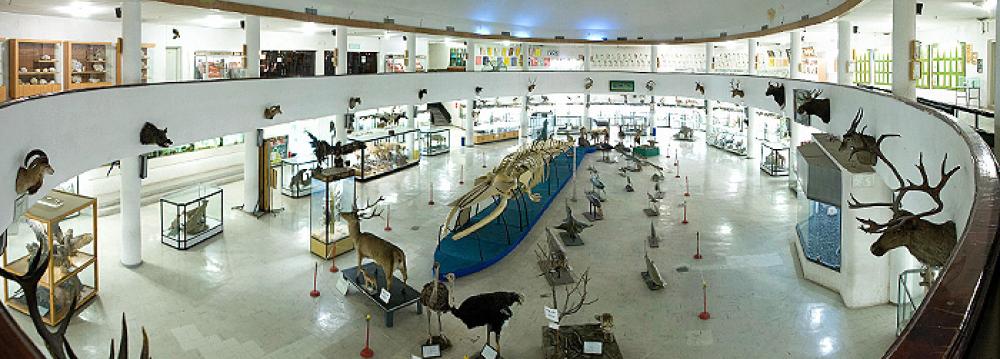On the occasion of the International Museum Day (May 18) and Cultural Heritage Week, six museums will be inaugurated today in West Azarbaijan, Golestan, Gilan, Razavi Khorasan and Alborz provinces.
The new attractions include the Qajar Museum in Urmia, West Azarbaijan, which will showcase a series of artifacts from the Qajar period; the second wing of Minou Dasht Anthropology Museum in Golestan; a natural history museum in Khorasan Razavi; Haram Religious Museum in Astan-ye Ashrafiyeh (in Gilan), which will exhibit rare manuscripts of the holy Quran; Hakim Nezami Museum in Astara, also in Gilan, on the history of education; and Mousavi Stamp Museum in Karaj, Alborz Province, which will display the evolution of Iranian stamps from World War I until the Qajar era.
All the museums are either partly or fully owned by private stakeholders, a testament to the government’s declared policy of “promoting private ownership of museums,” according to Muhammad Reza Kargar, director of the Museums and Historical Moveable Properties Office at Iran’s Cultural Heritage, Handicrafts and Tourism Organization, ILNA reported.
There are currently 61 private museums in the country of which 40 opened after President Hassan Rouhani took office in 2013.
“Private museums can meet parts of their expenses by selling tickets and holding training courses, temporary expos, restoration workshops and cultural product markets,” said Kargar, adding that they can also apply for loans to equip the museums.
So far, Tehran and Isfahan provinces have the most private museums.


